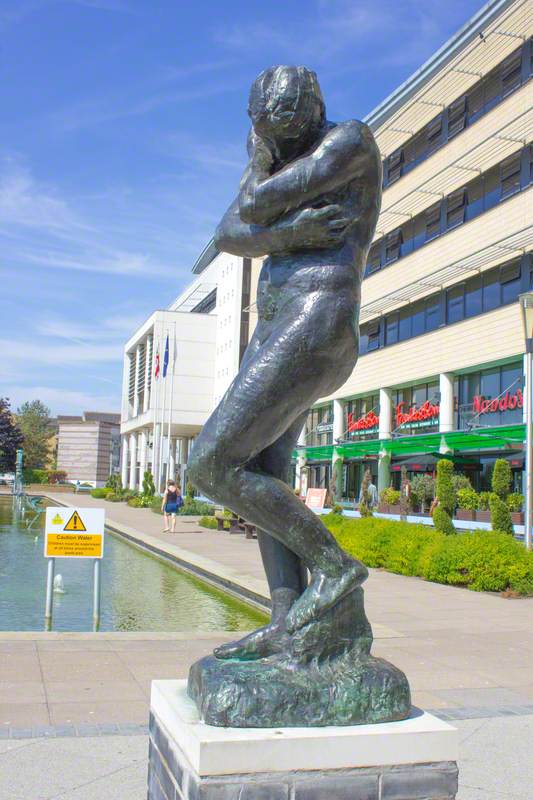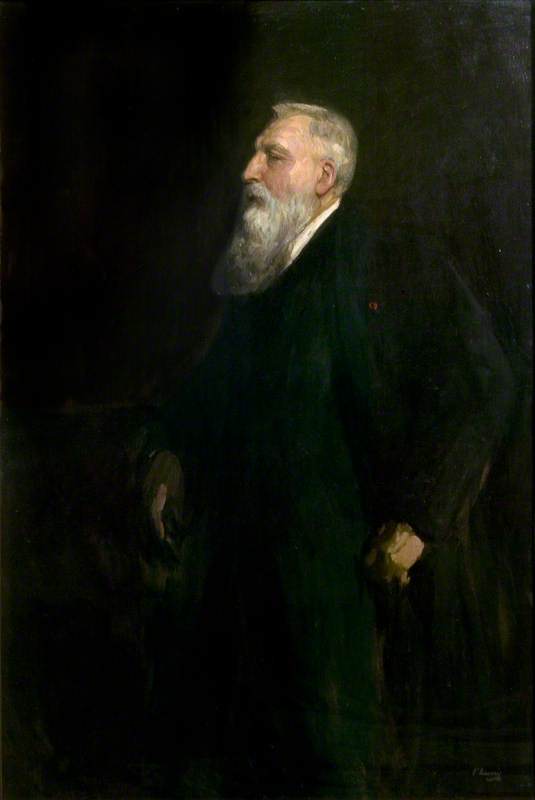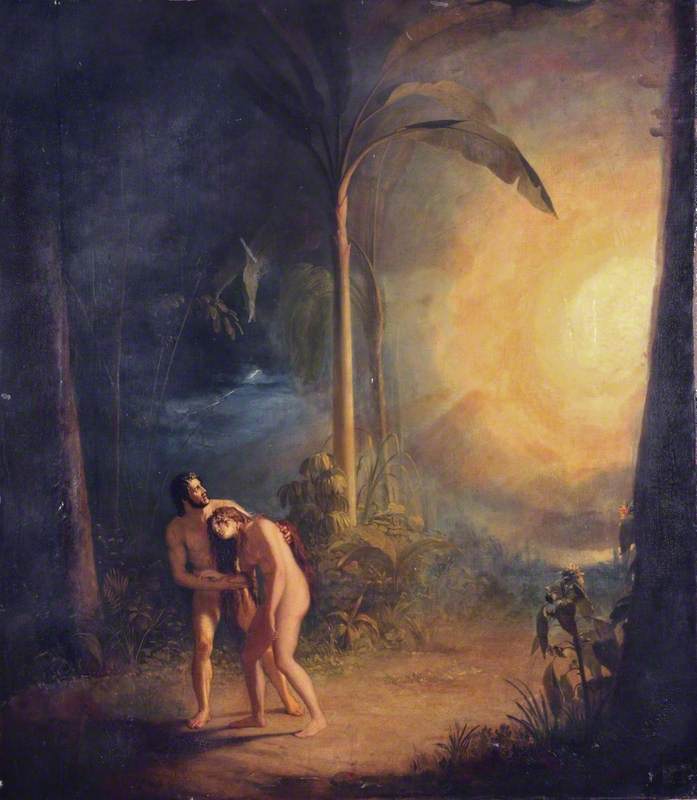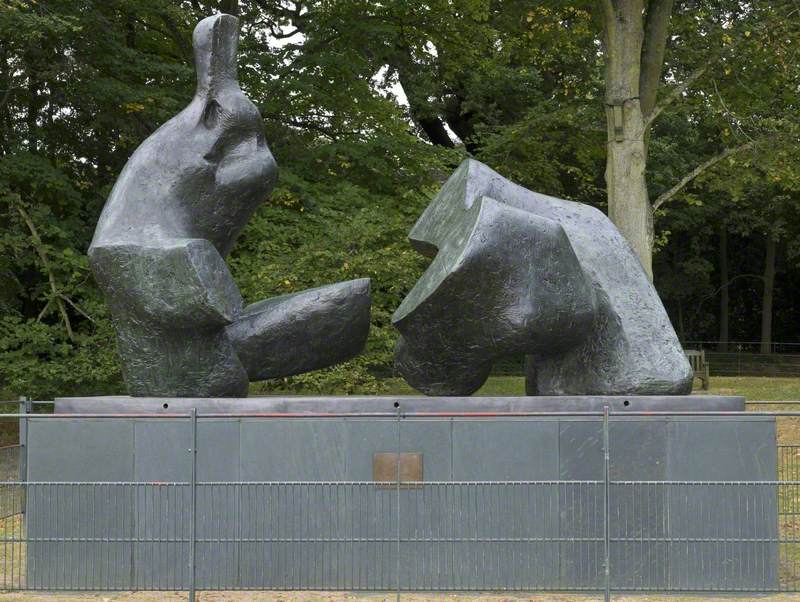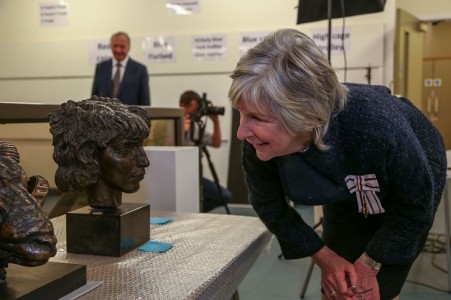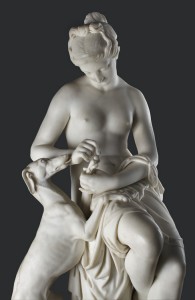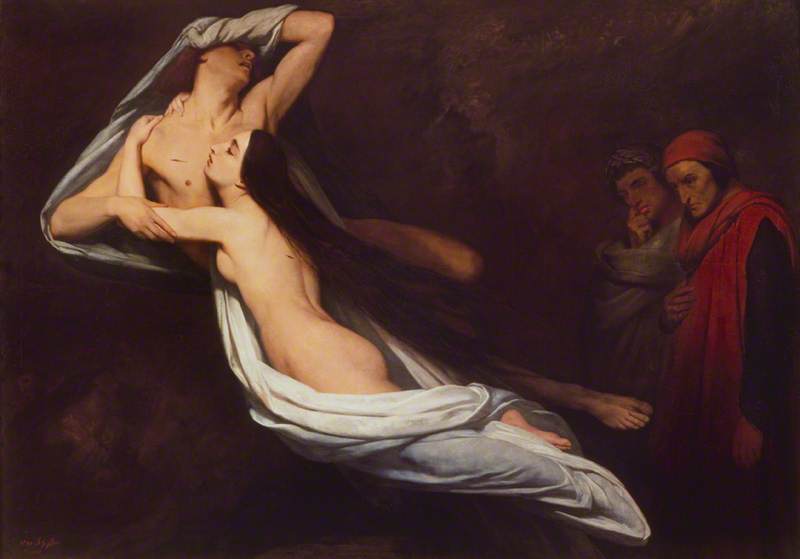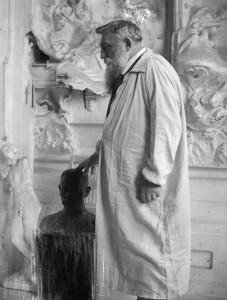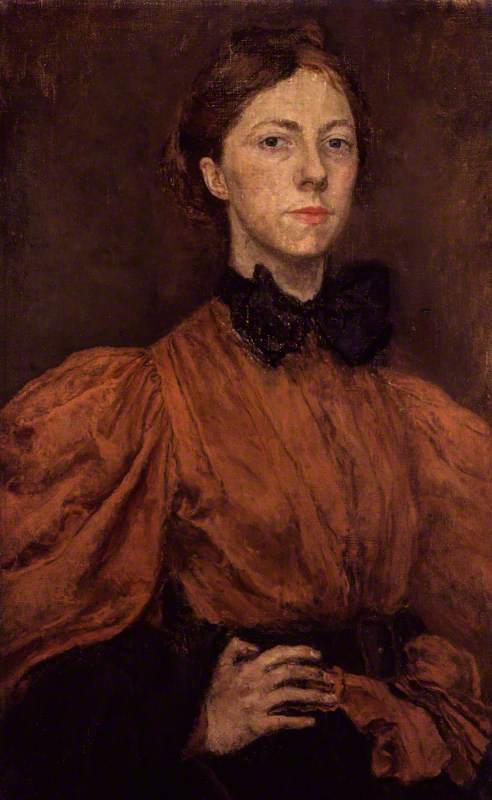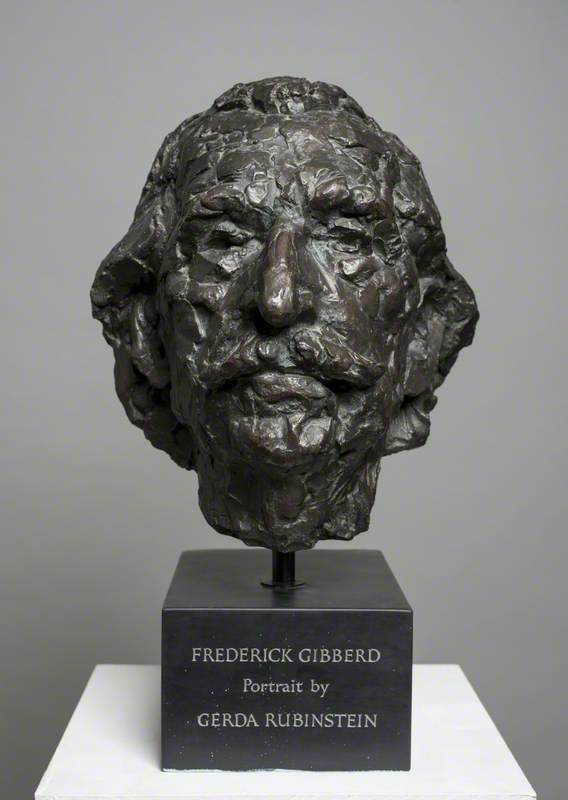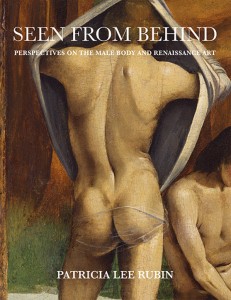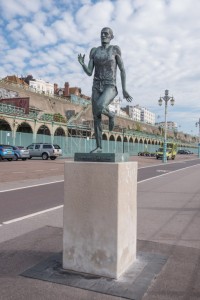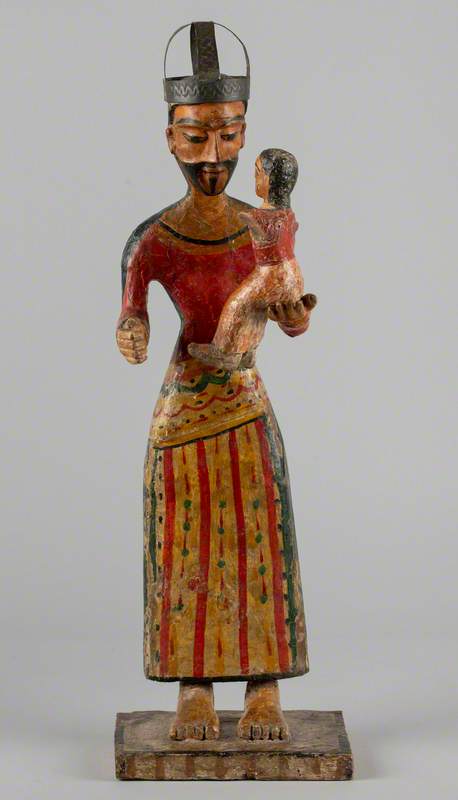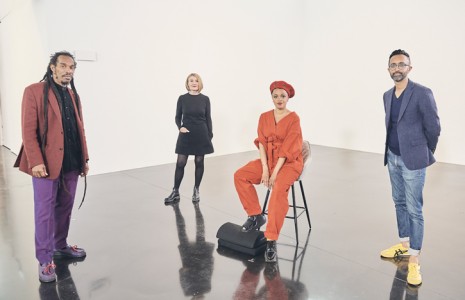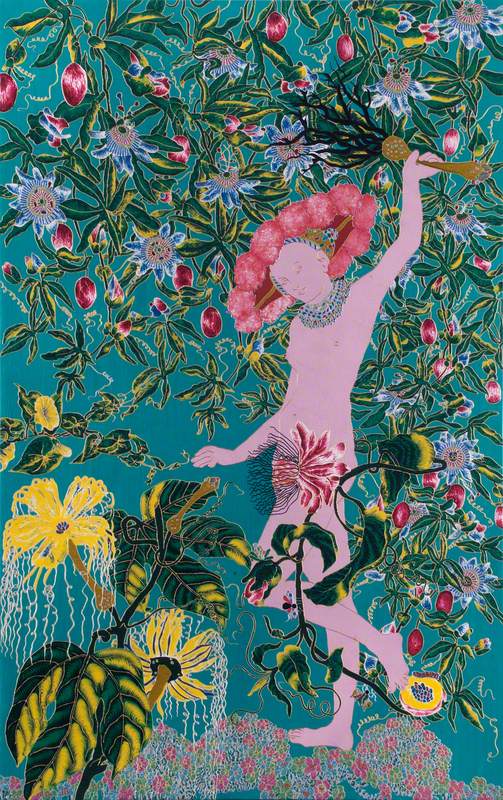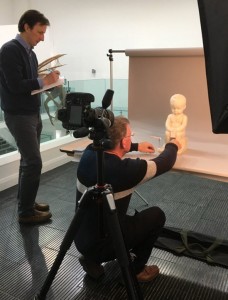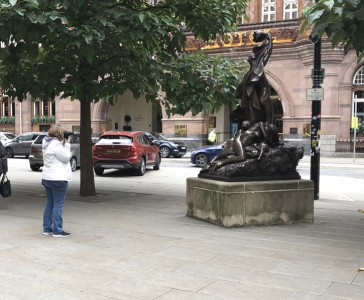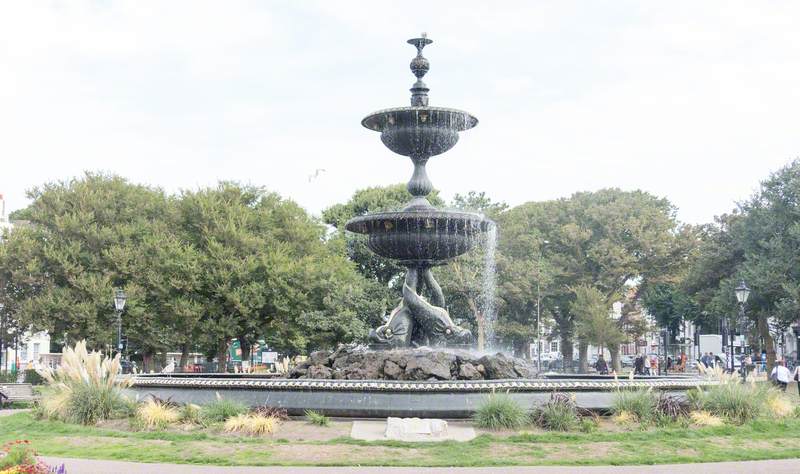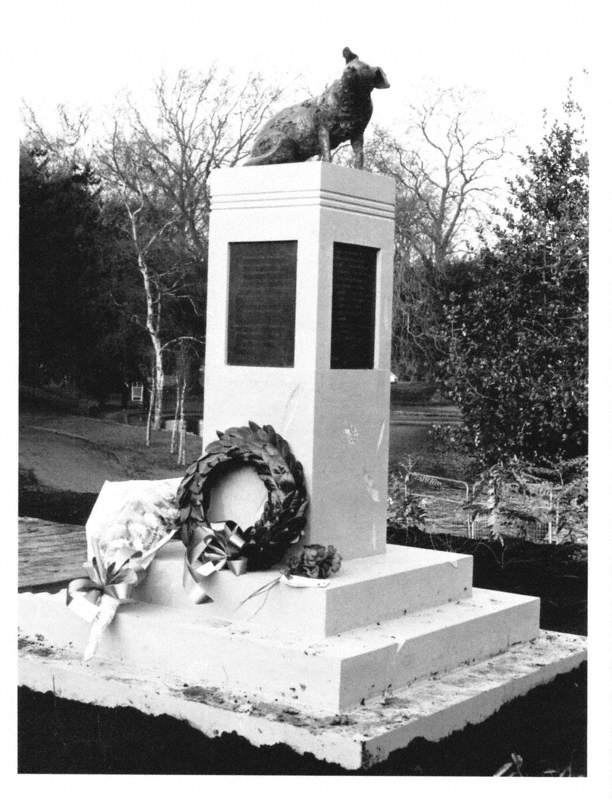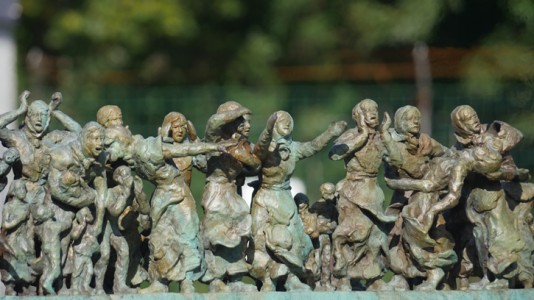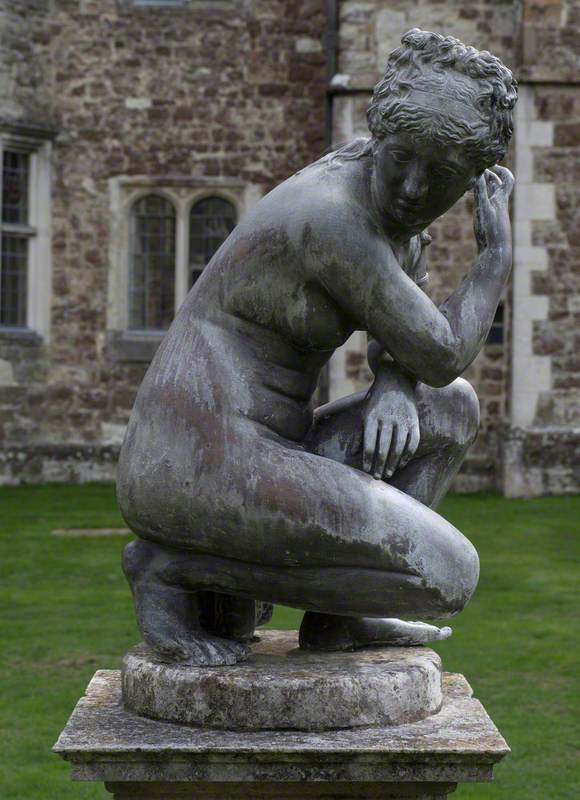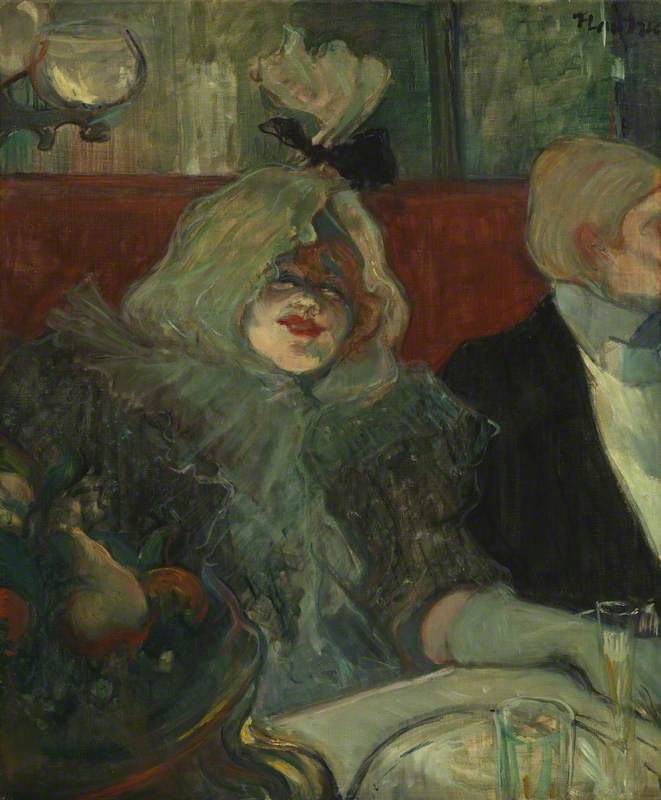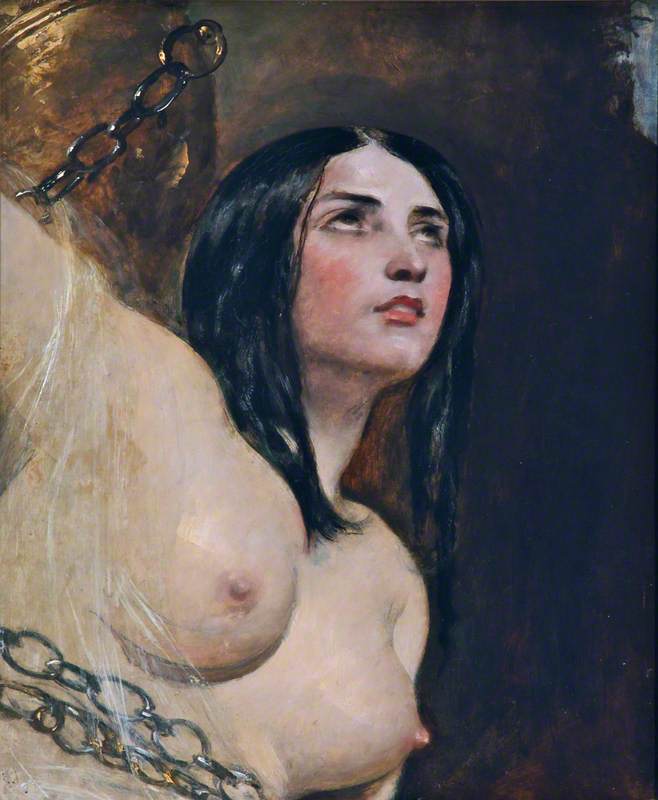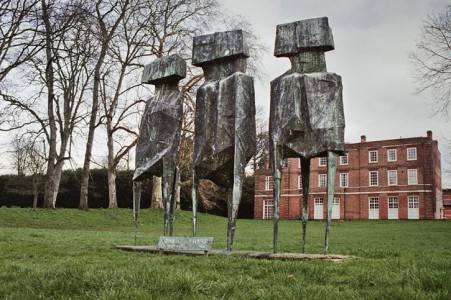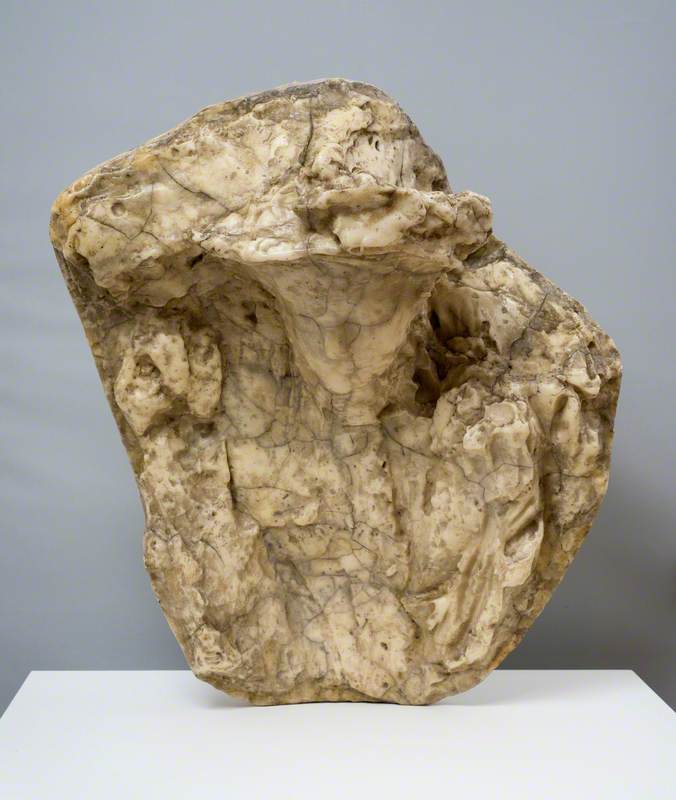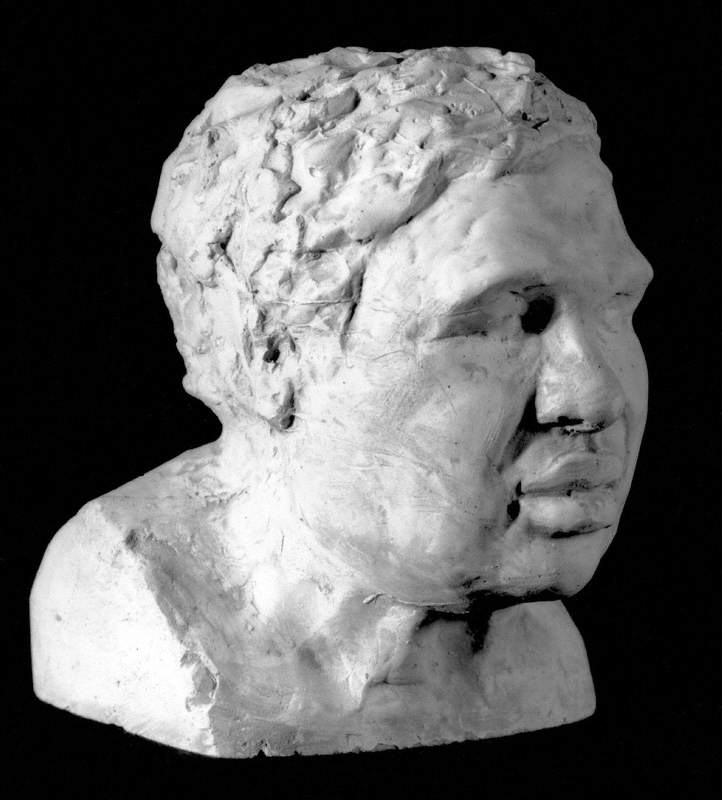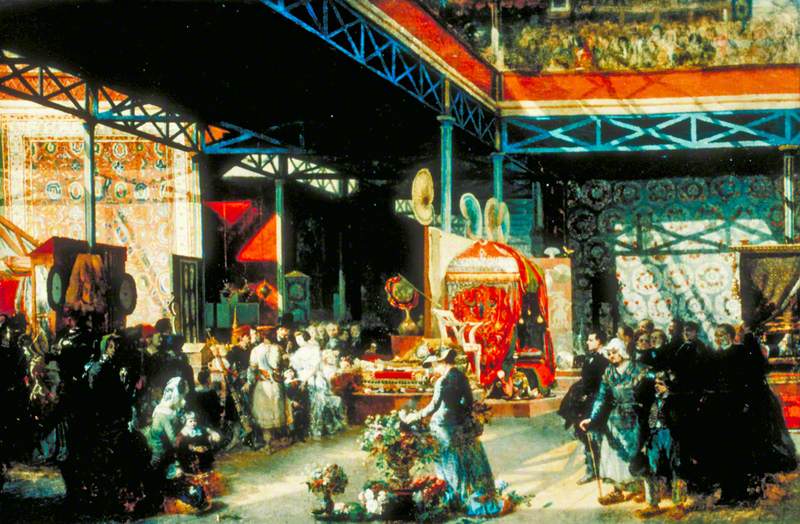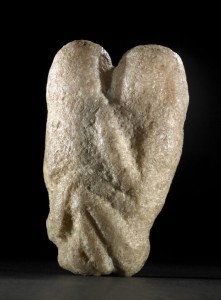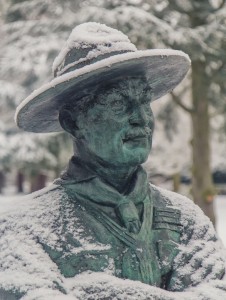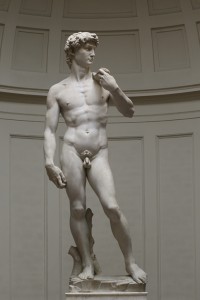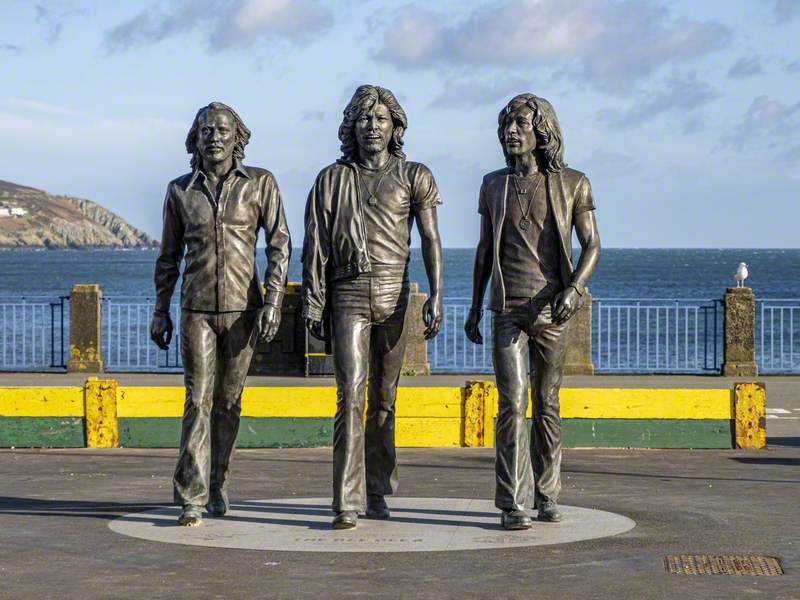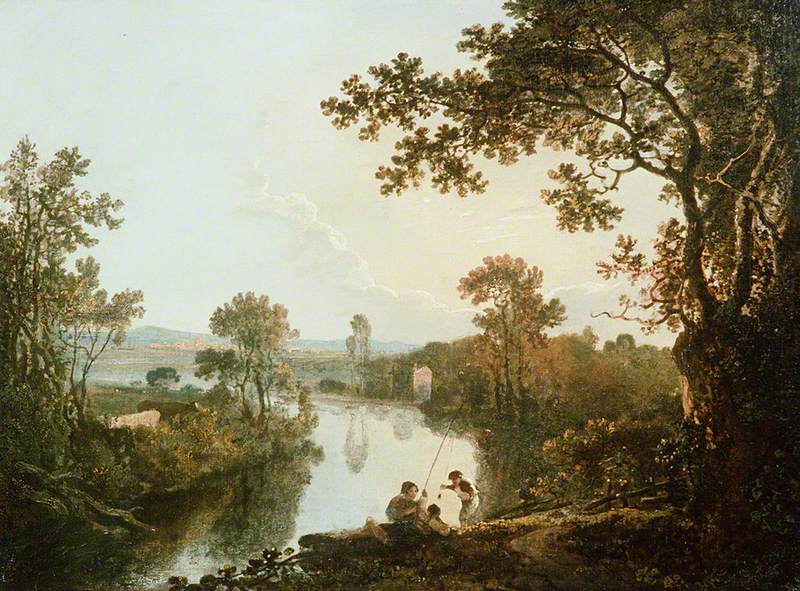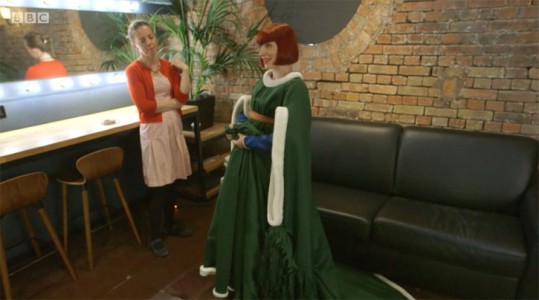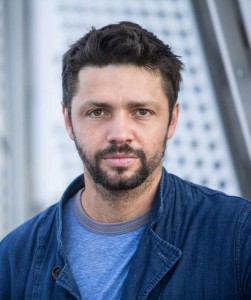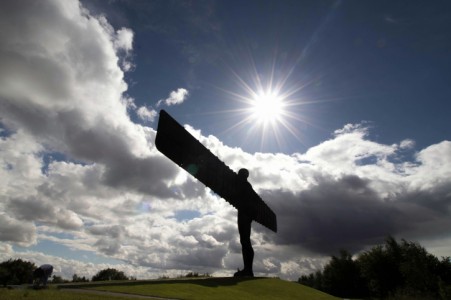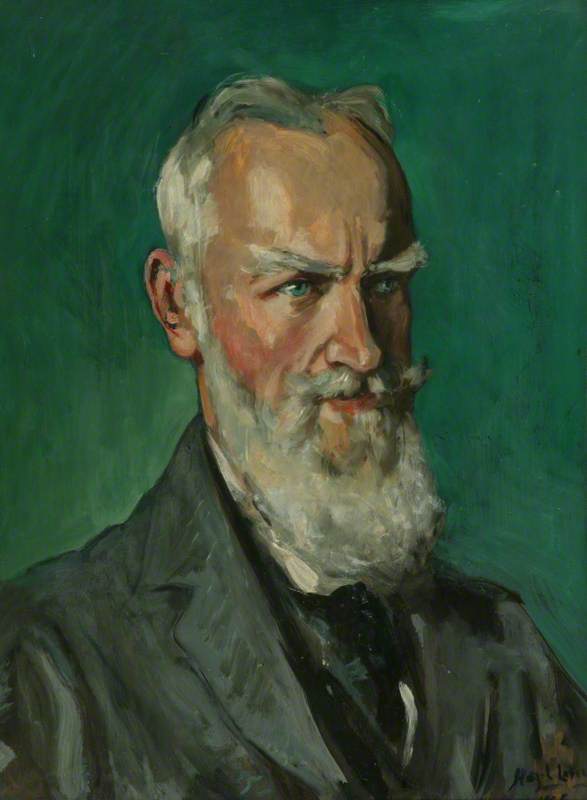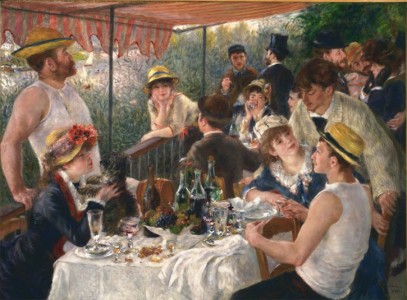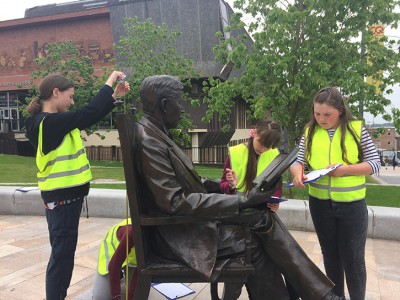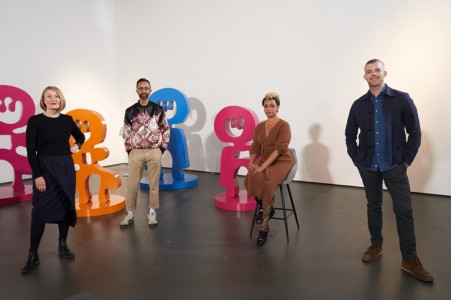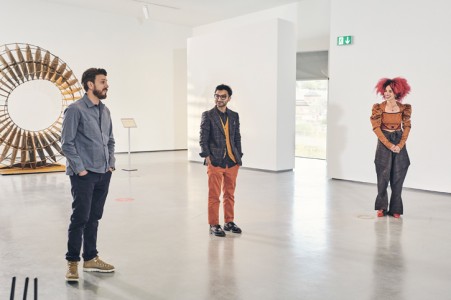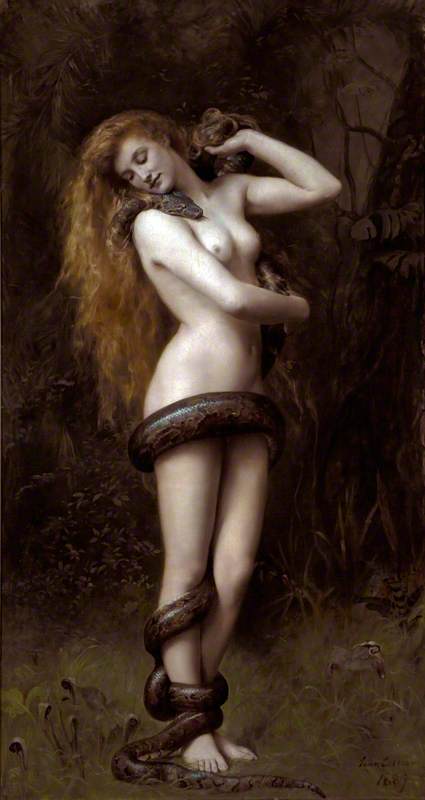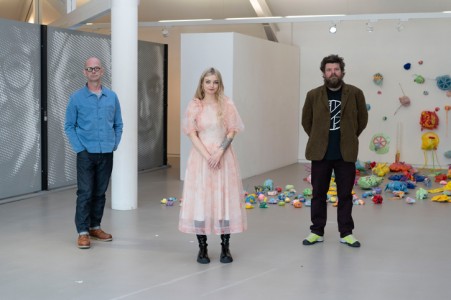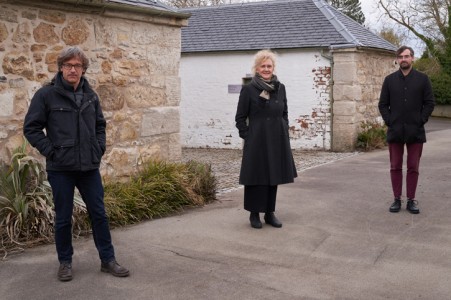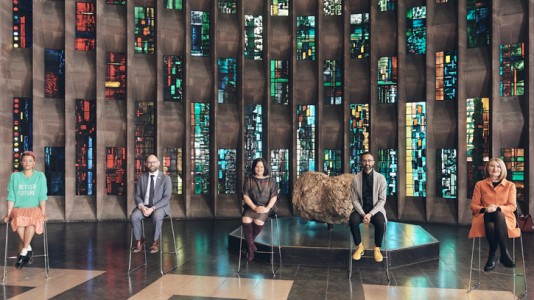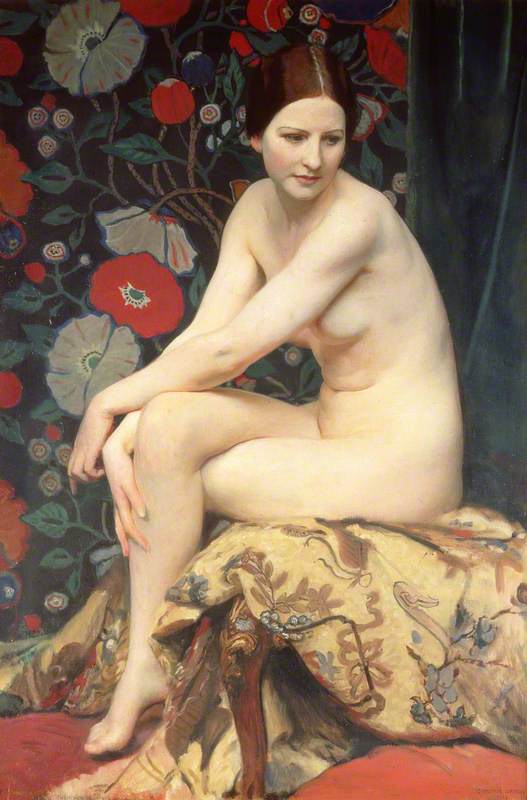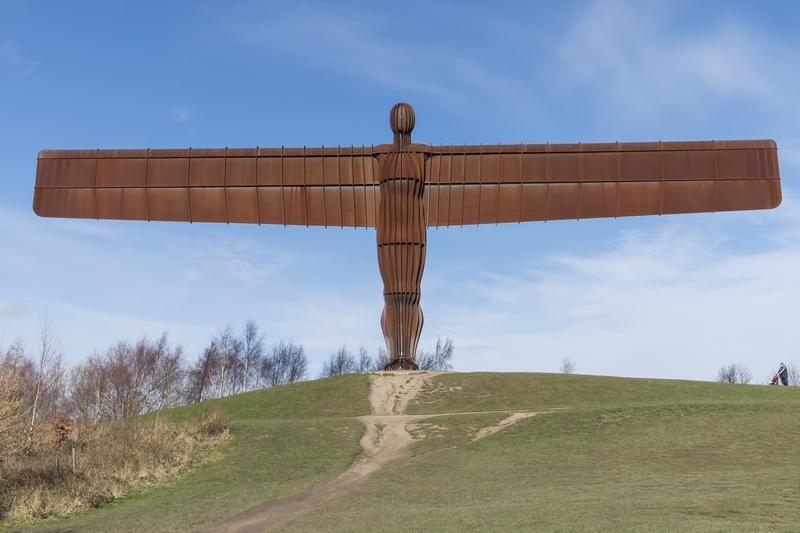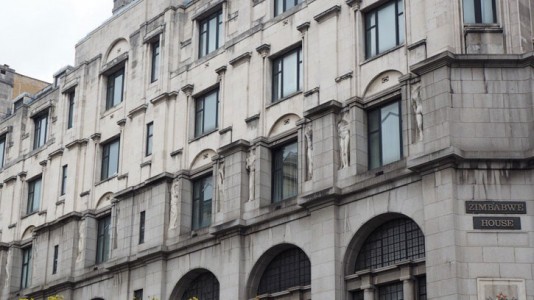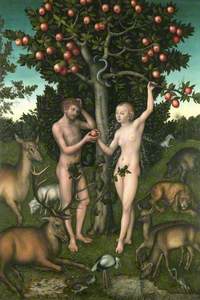One of the first sculptures to be added to the Art UK website as part of our three-year sculpture project is Eve, coincidentally the first woman (well, according to the Bible, at least).
This 1882 bronze statue by French sculptor Auguste Rodin (1840–1917) can be found in Harlow in Essex. Unbeknown to most, Harlow is a town with an abundance of iconic sculptures from the modern and post-war eras, boasting not only a Rodin but also works by Henry Moore, Barbara Hepworth, Elisabeth Frink, Gerda Rubenstein and Ralph Brown among others.
Despite Harlow's good fortune to have a Rodin sculpture erected in a public space, today it is situated next to a car park, a shopping centre and a Nando's, which gives a new dimension to our 360° degree photography (it's reasonably certain that Rodin probably didn't envisage this setting for his work).
But why and how did this statue – made by the godfather of modern sculpture – end up in the heart of Essex?
Who was Auguste Rodin?
Rodin is arguably one of the most famous sculptors to have ever lived. He is probably best known for iconic pieces The Kiss and The Thinker.
By the end of the nineteenth century, he had earned a reputation for radically redefining the boundaries of modern sculpture. In recent years his personal life has come under greater scrutiny, mostly due to his numerous (and overlapping) relationships with young women – including the artist Gwen John and the sculptor Camille Claudel.
So far, so bohemian, you might think. However, unlike many of his contemporaries, Rodin didn’t die penniless in a Parisian garret. His palatial studio, containing his vast art collection and his own drawings, sculptures and photographs – now the Musée Rodin – can still be viewed in Paris today.
Rodin's story is a rags-to-riches tale. Born neither into wealth nor privilege, he was largely self-taught and began his artistic career as a humble craftsman, before and during his many attempts to gain entry into Paris's most elite art school – the École des Beaux-Arts. The school rejected him three times before he decided to attend the 'Petite École', a less prestigious institution dedicated to the decorative arts.
Despite this, he ultimately became the most successful artist working in France, receiving countless numbers of lucrative private and public commissions, both at home and abroad.
Eve
1882, bronze by Auguste Rodin (1840–1917) 
'I love the sculptures of ancient Greece. They have been and remain my masters.' – Auguste Rodin
Rodin's fascination for classical antiquity was central to his artistic practice. He was said to have visited the Parthenon sculptures at the British Museum almost every day while in London, a city he visited often due to his vast and adoring British clientele. Though he took influence from sculptural traditions of the past, Rodin was progressive, radically breaking from tradition. His sculpted nudes were often rendered in a highly emotive, naturalised, or intensely raw manner, yet continuing to capture the dynamism and theatricalism found in classical sculpture.
The Kiss
1882, marble by Auguste Rodin (1840–1917) 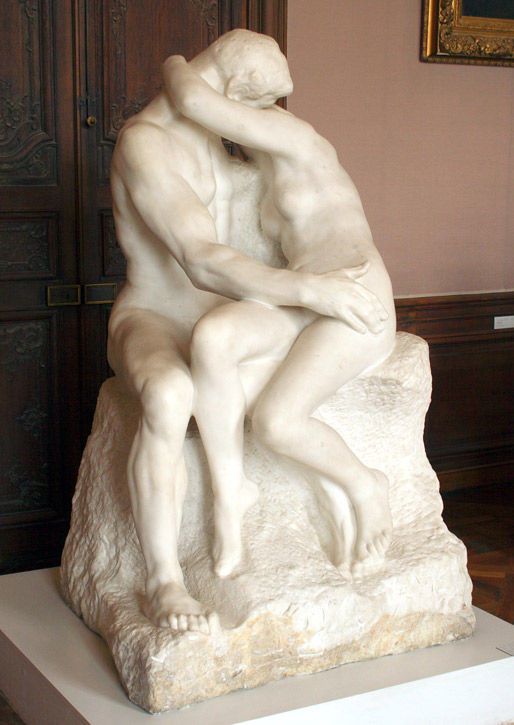
Significantly, Rodin used the influence of classical sculpture to establish the idea of the sculptural 'fragment', meaning his sculpted figures were isolated from a wider backdrop or setting. It was partly this that allowed him to reproduce many multiples of a sculpture, capitalising on the increasing demands of the middle classes. It was an unprecedented artistic move that challenged notions of 'authenticity’.
Eve
1882, bronze by Auguste Rodin (1840–1917) 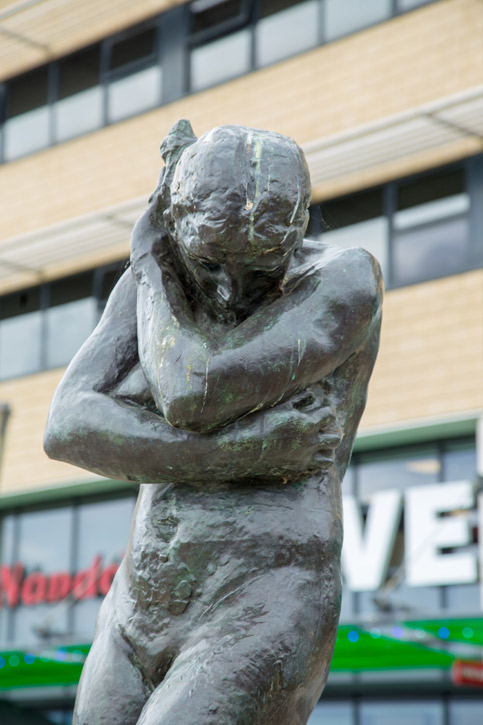
In total, there are over 300 bronze and marble multiples of The Kiss, as well as numerous versions of The Thinker and, of course, Eve.
The Gates of Hell
To understand how Eve came into existence, we must explore Rodin's Gates of Hell, a long-term project he worked tirelessly and obsessively on until his death in 1917.
The Gates of Hell (version in Philadelphia's Rodin Museum)
1880–c.1890, bronze by Auguste Rodin (1840–1917) 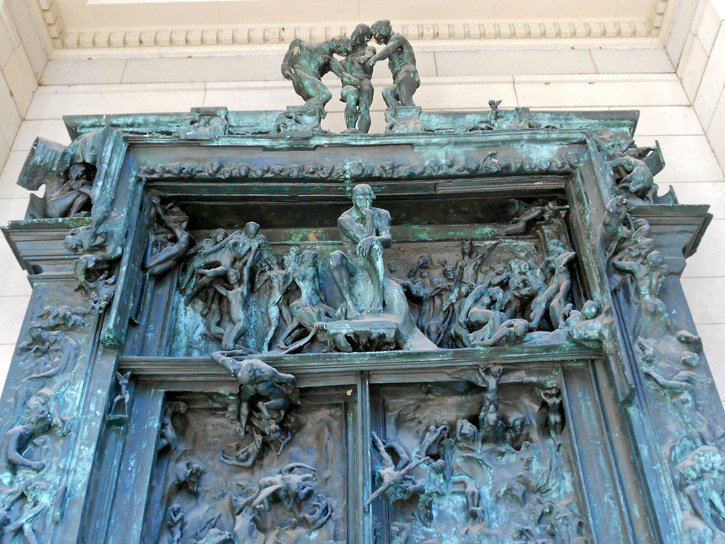
The Gates of Hell were commissioned in 1880 for the entrance to a new decorative arts museum in Paris which, ultimately, was never built. However, Rodin continued to work on the piece for nearly four decades. The colossal bronze gates stand six metres high and four metres wide, containing nearly 200 figures, and yet remained unfinished at Rodin's death.
The Gates of Hell (version in The National Museum of Western Art in Ueno Park, Tokyo)
1880–c.1890, bronze by Auguste Rodin (1840–1917) 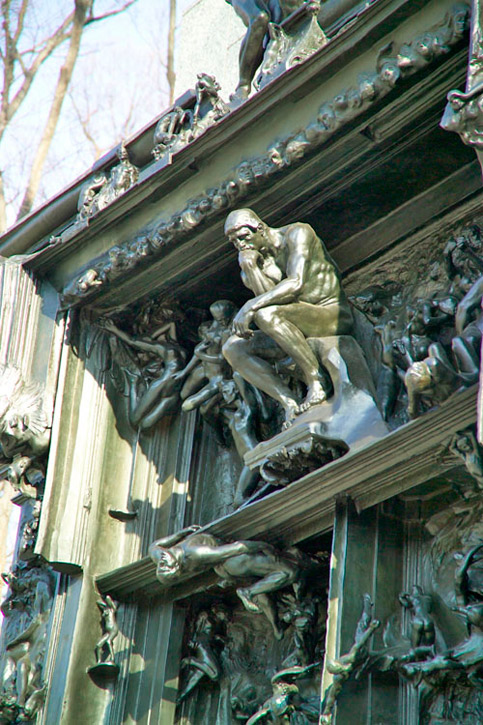
Based on Dante Alighieri's Inferno (Hell) – the first section of his epic poem, Divine Comedy – artistic inspirations for the Gates came from Lorenzo Ghiberti's fifteenth-century Gates of Paradise in Florence, as well as Michelangelo's sixteenth-century fresco The Last Judgment on the ceiling of the Sistine Chapel – both of which Rodin visited during his travels to Italy in 1875.
Inferno told the experience of the writer, Dante, in hell, as he is guided by Virgil – the ancient Roman poet. The narrative allowed Dante (and eventually Rodin) to explore the themes of carnal desire, lust and sex as original sin.
Eve
So why did Rodin create Eve?
Eve
1882, bronze by Auguste Rodin (1840–1917) 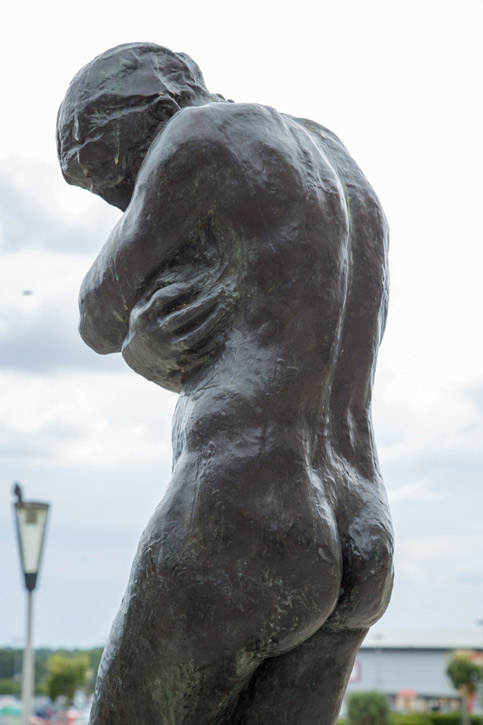
Eve was originally to appear on the Gates of Hell, as both she and Adam feature in Dante's Divine Comedy (as they languish in a blisteringly hot, hellish inferno), although ultimately Eve was not included in the piece.
In the Biblical text of Genesis, Adam and Eve are banished from the Garden of Eden after committing original sin. Adam gives in to temptation and picks the forbidden fruit (though Eve has been blamed for this act for eternity). Upon receiving the wrath and punishment of God, Adam and Eve sheepishly leave Paradise, initiating the rest of humanity's suffering. At the same time, they become acutely aware of their own nudity. Fortunately, some fig leaves are close by to shield their (now) private parts.
Throughout art history, the subject of Adam and Eve in Paradise and their subsequent banishment has been repeatedly portrayed by artists, from Lucas Cranach the Elder, Albrecht Dürer to Peter Paul Rubens. (Naturally, any excuse to paint a naked lady was popular and a guaranteed crowd pleaser.)
The Expulsion of Adam and Eve
(copy after Adriaen van der Werff) early 18th C
Pieter van der Werff (1665–1722) (attributed to) 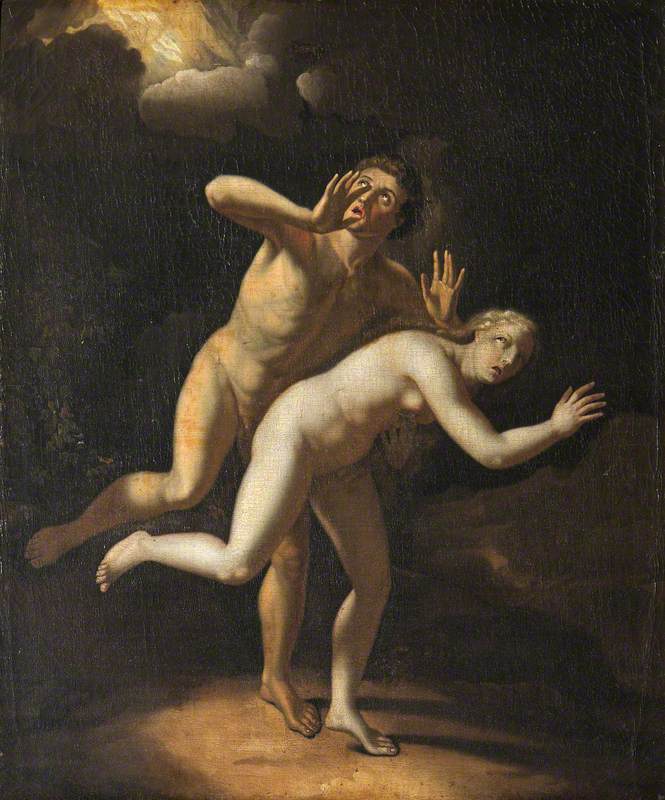
As one of history’s greatest lovers of women (particularly unclothed ones), Rodin captured the figure of Eve at a moment of shame, as she covers her immodesty. Arguably, this voyeuristic subject matter also allowed Rodin to play with an unusual posture and untraditional composition, so that he could demonstrate his virtuoso sculptural abilities.
Sculpture in Harlow
So how on earth (or hell) did Rodin's Eve end up in Harlow, Essex?
Eve
1882, bronze by Auguste Rodin (1840–1917) 
In 1953, the Harlow Art Trust was established by architect Frederick Gibberd, who had a utopian vision to beautify Harlow and make it an example of a 'New Town' – a city-planning movement that took off in the aftermath of the Second World War. Gibberd's idea was to recreate Harlow into a cultural hub, where art, in particular, sculpture could be readily accessible to the public. Over half a century later, the town is still known for its exceptional sculpture collection and urban design.
Eve
1882, bronze by Auguste Rodin (1840–1917) 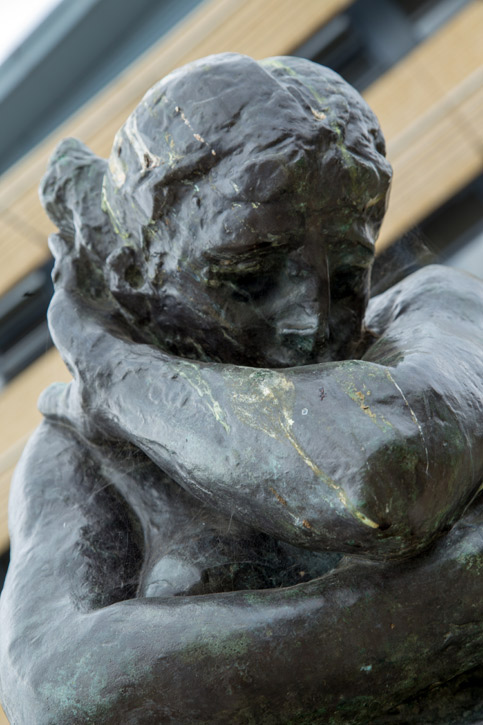
The bronze statue of Eve was purchased by Sir Philip Hendy on behalf of Harlow Development Corporation and donated to the Harlow Art Trust by Ben Hyde Harvey. Hendy used his influence to acquire the work from the Musée Rodin in Paris for £2,360 in 1959. The cast was one of a limited edition. The sculpture was originally sited on Broad Walk and in 1963 it was moved to the Water Gardens once they were completed.
Eve
1882, bronze by Auguste Rodin (1840–1917) 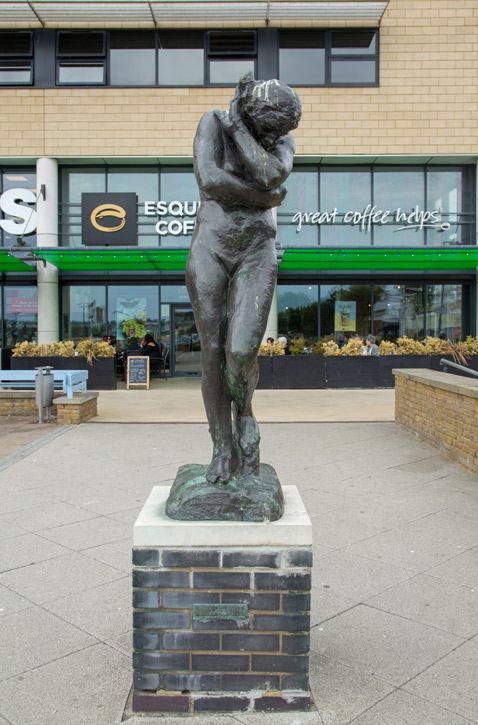
In 1987, an attempt was made to steal Eve by wrapping a chain around the base. While the sculpture was not stolen, it was damaged and was taken away for repair, and eventually returned to the Water Gardens in 1990. In 2013, Eve was loaned to the Henry Moore Foundation at Perry Green for the exhibition ‘Moore Rodin’ and was cleaned before its return.
Other sculptures that can be viewed in Harlow are Elisabeth Frink's Boar, Henry Moore's Family Group and Antanas Braždys' Solo Flight. Since 2009, the town has been rebranded as 'Harlow Sculpture Town', and it seems only right that it's one of the first places in the country to be showcased as part of Art UK's sculpture project.
Lydia Figes, Content Creator at Art UK
